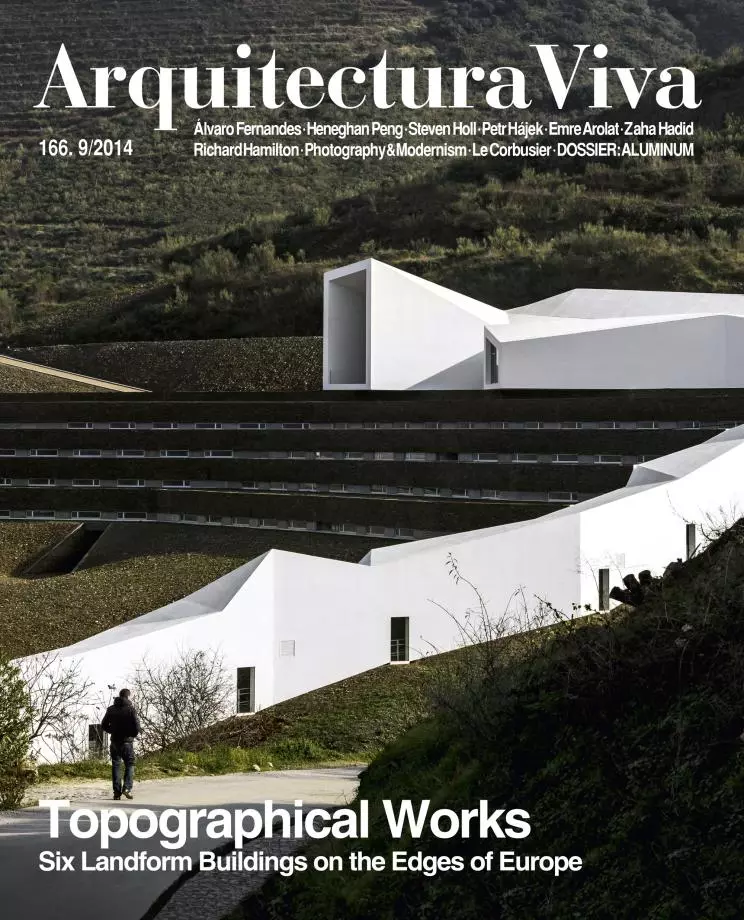
The tabula rasa of modernity was historical, but also topographical. In its effort to raise generic buildings, canonical functionalism decided to erase the traces of the architectural languages of the past, which could be felt as a heavy burden of historical references and an uncomfortable stylistic baggage totally at odds with the formal austerity and Adamic purity of an auroral movement; but it also struggled with the inevitable variety of sites, whose topographic and climatic features – not to mention geometric or contextual specificity – it tried to abstract in order to produce serial models, standardized structures evocative of an often inexistent industrial manufacturing process. Staunch modernity would set aside memory and place, removing all historical garments and making type and topos incompatible.
However, today we see the continuity between classical and modern architecture more clearly, manifest in the tenacious survival of academic compositive techniques or in the common inspiration in the masterpieces of the past: since Colin Rowe – in the wake of Rudolf Wittkower – linked the facades of the Corbusian villas with those of Palladio, the ghost of history haunts every contemporary project, and not only those explicitly postmodern. Not so different is the way in which we have revised the relationship with site and landscape in the work of the 20th century masters, and not just those whose organic approach, from Frank Lloyd Wright to Alvar Aalto, prompted them to build in tune with nature, but even that of less predictable figures, be it the Mies van der Rohe of the Garten Kultur or Le Corbusier in his travels.
The interest in the unique character of places has also had an impact on the art world, both in site-specific works and in land-art, and from Robert Smithson, Walter de Maria or James Turrell to Olafur Eliasson, many artists have tried to root their works in the territory, reawakening interest in the picturesque, and exerting a considerable influence in architecture. However, neither the critical revision of the modern tabula rasa nor the permeability to land-art has been as important as the renewed awareness of our interdependence with the natural universe, which has urged a review of timeless and forgotten lessons on the link between construction and place, and has even stimulated the design of buildings as artificial landscapes: some works are thus particularly topographical, but in the end all architecture is site-specific.





